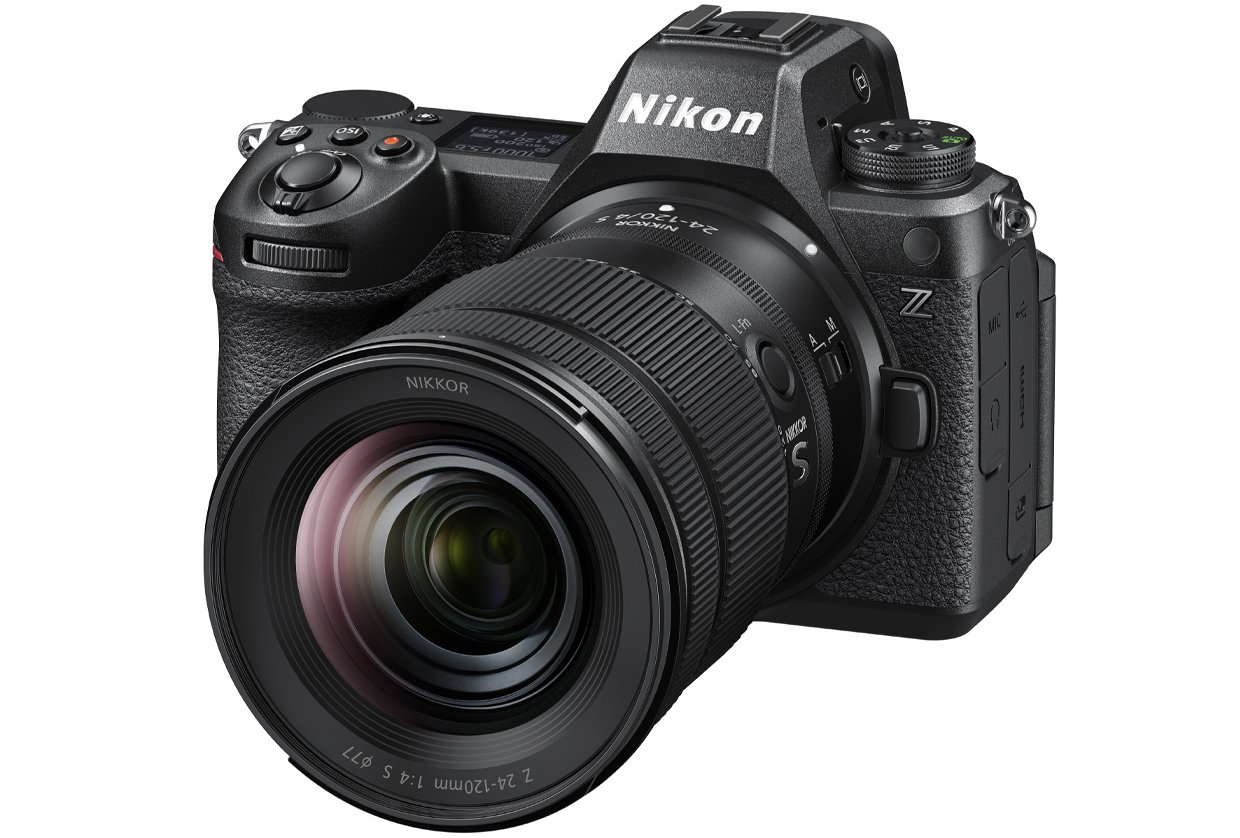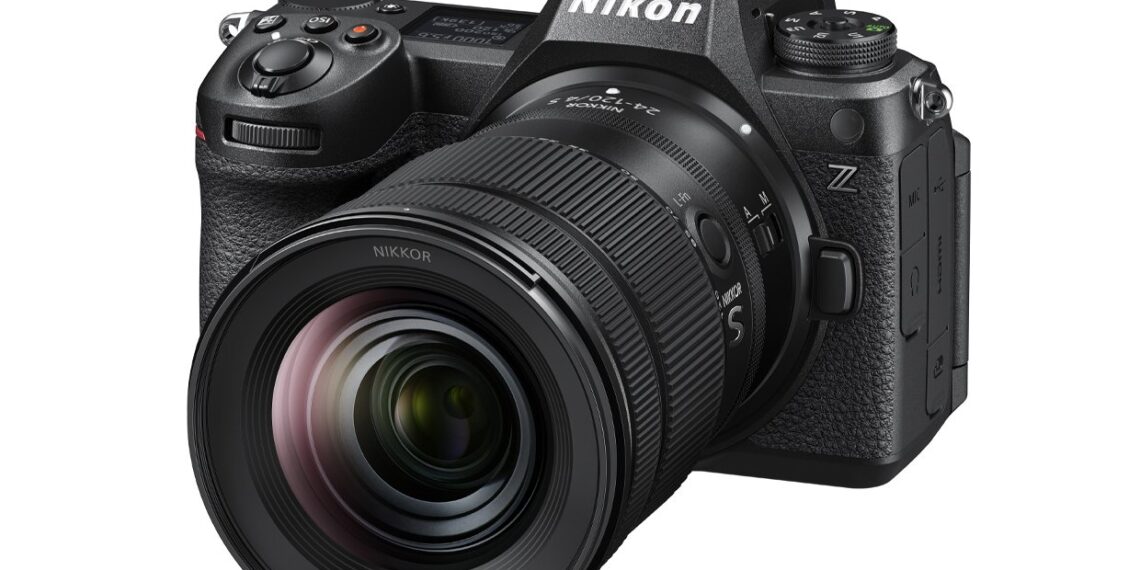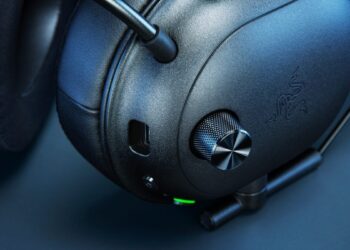Nikon’s Z6 series has long been the trusted workhorse for hybrid shooters, and the latest iteration fundamentally redefines what we expect from this class of camera. The Z6 III arrives not as a minor update, but as a technological powerhouse that blurs the lines between enthusiast and professional gear. It’s a statement piece, promising pro-level video and blistering speed in a familiar, accessible package.
Nikon has delivered what can only be described as a statement of intent with the Z6 III. At its heart is the world’s first “partially-stacked” CMOS sensor. This innovative design delivers readout speeds that obliterate those of traditional BSI sensors, coming tantalizingly close to the performance of a fully stacked chip without the associated cost. The practical benefit is immediately obvious: rolling shutter is exceptionally well-controlled, making silent electronic shutter shooting viable for fast action and panning video shots. This speed also unlocks incredible burst rates up to 120 fps (in JPEG) and the game-changing Pre-Release Capture feature, which starts buffering images before you fully press the shutter, virtually guaranteeing you’ll never miss the decisive moment.

The performance leap extends dramatically to video. The Z6 III is a compact cinema camera in disguise, offering internal 6K 60p N-RAW and 4K 120p recording. The ability to capture 12-bit RAW video internally to a CFexpress Type B card, without needing an external recorder, is a massive workflow improvement for serious videographers. This is complemented by an autofocus system largely inherited from the flagship Z8 and Z9. Its deep-learning-based subject detection is tenacious, locking onto eyes, faces, animals, and vehicles with an accuracy that inspires immense confidence whether you’re shooting a fast-paced wedding or a wildlife scene.
Ergonomically, the Z6 III feels like a refined Z6 II, which is high praise. The grip is deep and secure, and the body, constructed from a mix of magnesium alloy and Sereebo P material, feels robust and is fully weather-sealed. The most significant physical upgrade is the electronic viewfinder (EVF). At 5.76 million dots and a staggering 4,000 nits of brightness, it’s one of the best on the market today. The view is so bright, sharp, and fluid that it closes the gap with optical viewfinders, providing a beautifully clear canvas even in harsh sunlight. The fully articulating rear LCD screen is another welcome addition, offering maximum flexibility for high- and low-angle shooting in both orientations.
While the feature set is overwhelmingly impressive, there are trade-offs. The 24.5-megapixel sensor, while excellent, offers the same resolution as its predecessor. This is more than enough for most applications, but photographers who frequently make massive prints or require extreme cropping power might still glance towards the higher-resolution Z7 or Z8. The Z6 III also comes with a higher launch price than the Z6 II, pushing it into a more premium bracket. However, when you tally up the professional-grade video, flagship autofocus, and groundbreaking sensor technology, the value proposition becomes clear. It doesn’t just compete with its peers like the Sony A7 IV or Canon R6 Mark II; in many key areas, it surpasses them.

Ultimately, the Nikon Z6 III is a near-perfect tool for the advanced hybrid creator. It is an exceptional upgrade for existing Z6/Z6 II owners and a compelling reason for enthusiasts to step up or for professionals to consider a more compact secondary body. If your work demands a versatile, high-performance camera that excels at both advanced video and fast-action stills without the bulk and cost of a true flagship, the Z6 III isn’t just a contender—it’s the new benchmark.

Where to Buy:

Nikon Z6 III Camera Quick Summary
Key Scores:
-
Value:
88% -
Design:
90% -
Performance:
93% -
Quality:
92% -
Popularity:
91%
Top Pros
- ✅ Its electronic viewfinder offers class-leading brightness and a stunningly fluid view.
- ✅ Internal RAW video recording provides incredible flexibility for professional workflows.
- ✅ Flagship-level autofocus delivers exceptional and reliable subject tracking performance.
- …
Key Cons
- ❌ The 24.5-megapixel resolution remains unchanged from its popular predecessor.
- ❌ Its launch price represents a significant increase over the previous model.
- ❌ Pushing high-end video features can result in reduced battery life.

 Tech Essentials
Tech Essentials















